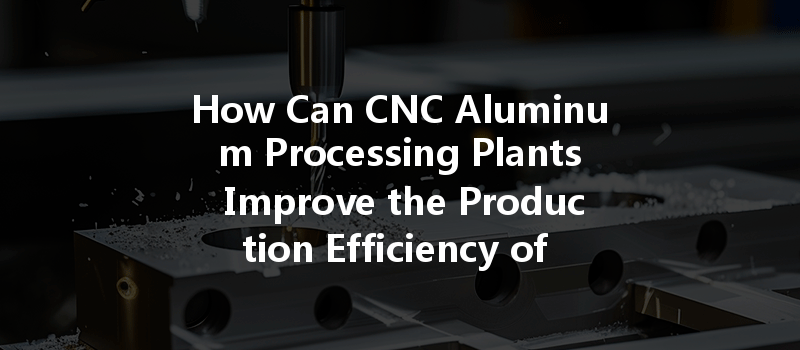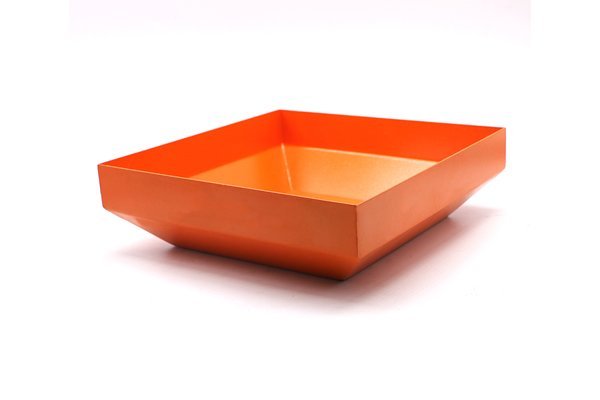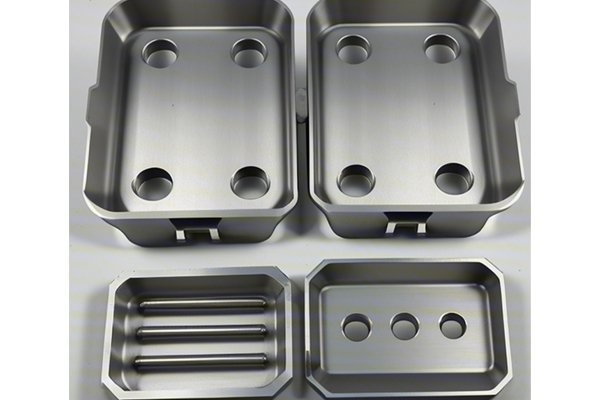An Eye-Opening Statistic
Did you know that the global CNC machining market is projected to reach a staggering $117.2 billion by 2026? The enormous growth can be attributed to the increasing demand for precision-engineered components in industries such as aerospace, automotive, and electronics. One material that consistently finds itself at the forefront of this innovative manufacturing process is aluminum. In this blog, we will delve deep into how CNC (Computer Numerical Control) aluminum processing plants can significantly improve the production efficiency of aluminum parts.
Understanding CNC Machining and Its Importance
CNC machining is a subtractive manufacturing process that utilizes computer-controlled tools and machinery to remove material from a workpiece, resulting in highly accurate shapes and sizes. The technology has revolutionized the manufacturing landscape, enabling businesses to achieve superior quality standards while maintaining cost-effectiveness and scalability.
Aluminum, known for its lightweight and corrosion-resistant properties, combined with CNC machining techniques, provides myriad possibilities for crafting parts that meet high-performance specifications. To understand how CNC aluminum processing plants can enhance production efficiency, let’s break this down into several pivotal aspects.
Advanced Machinery
The technology landscape is ever-evolving, and older CNC machining equipment may not leverage the full potential of contemporary methodologies. By investing in advanced CNC machines equipped with high-speed spindles and multi-axis capabilities, plants can improve both accuracy and speed. The implementation of 5-axis CNC machines allows for complex geometries to be machined in a single setup, eliminating the need for multiple fixturing and thus significantly reducing cycle times.
Automation and Robotics
Another avenue to enhance production efficiency is the integration of automation and robotics within the CNC machining process. By adopting automated tool changes and robotic arms for parts handling, plants can reduce human intervention and minimize the possibility of errors. This allows for continuous, uninterrupted production runs, especially during nighttime and weekends, thereby maximizing output.
Lean Manufacturing Principles
Lean manufacturing methodologies aim to optimize operations by reducing waste and enhancing value. CNC aluminum processing plants can adopt principles like Just-In-Time (JIT) manufacturing to synchronize materials procurement with production schedules, thus minimizing excess inventory. Analyzing workflow to remove bottlenecks can help maximize efficiency. A cell manufacturing layout—where machines are placed in close proximity to one another—can facilitate swift movement of parts through the machining process.
Real-Time Monitoring and Data Analytics
Leveraging data analytics can be a game-changer. By incorporating IoT (Internet of Things) technology, CNC machines can provide real-time data on parameters such as spindle speed, temperature, and feed rates. Analyzing this data allows for immediate adjustments to enhance performance and prevent issues that could disrupt the production flow.
Quality of Aluminum Alloys
The choice of aluminum materials is crucial for enhancing machining efficiency. Premium-quality aluminum alloys that are specifically designed for CNC machining generally yield better results. High-strength alloys like 7075-T6 or softer alloys like 6061-T6 can be selected based on project specifications to optimize performance and durability.
Efficient Tooling Strategies
The right tooling can significantly impact production efficiency. CNC aluminum processing plants should invest in high-performance cutting tools manufactured from materials like carbide or cobalt. Tools designed with specialized coatings can reduce friction, increase chip removal efficiency, and prolong tool life, which, in turn, leads to fewer tool changes and lower overall costs.
A skilled workforce is integral to maximizing efficiency. Training programs focusing on CNC operation, programming, and maintenance will enable employees to better manage the machines and troubleshoot issues effectively. Ensuring that employees are up-to-date with the latest technologies and methodologies helps create a culture of continuous improvement within the organization.

Encouraging Cross-Training
Cross-training employees on different machines and processes can create flexibility within the workforce. When workers understand various aspects of the production process, it allows for efficient reallocation of resources based on workload fluctuations.
Implementing Quality Assurance Protocols
Quality assurance is paramount in CNC machining, as defects can lead to rework, delays, and increased costs. By adopting rigorous quality control protocols such as regular inspections, the use of CMMs (Coordinate Measuring Machines), and SPC (Statistical Process Control), CNC aluminum processing plants can identify and rectify issues early in the production process.
Continuous Improvement Programs
Establishing a culture of continuous improvement can help organizations strive for excellence in quality. Engaging employees in quality circles or Six Sigma initiatives can empower them to contribute ideas for enhancing production efficiency and quality assurance.
Collaboration with Suppliers
Efficient production of aluminum parts extends beyond the factory floor. Establishing strong relationships with suppliers can facilitate improvements in lead times and the quality of raw materials. By ensuring seamless communication regarding specifications and expectations, CNC processing plants can align their operations closely with materials procurement.
Customer Feedback Loops
It’s vital to establish feedback mechanisms that allow clients to communicate their experiences and expectations concerning product quality and turnaround times. Such communication can drive improvements in production processes to better meet customer needs.
Adopting Eco-Friendly Practices
Sustainable manufacturing is not only beneficial for the environment, but it also resonates with today’s eco-conscious consumers. Implementing energy-efficient practices, waste reduction programs, and better recycling methods for scrap material can boost efficiency while reducing the carbon footprint of CNC aluminum processing plants.
Implementing Energy-efficient Equipment
Investing in energy-efficient machines and technology can reduce operating costs significantly. Utilizing machines with optimized energy consumption settings can lead to substantial savings, especially in high-volume production runs.
In conclusion, enhancing the production efficiency of aluminum parts in CNC processing plants involves a multifaceted approach. By leveraging advanced technology, optimizing workflows, investing in skilled labor, and implementing strict quality control measures, manufacturers can unlock significant efficiencies. Beyond improving production timelines and reducing costs, an efficient CNC aluminum processing plant can lead to higher quality products, greater customer satisfaction, and a robust competitive edge in an increasingly crowded marketplace.
Improving production efficiency is not just a matter of operational excellence; it’s a philosophy that impacts everything from material selection to technological upgrades and worker training. Cultivating this understanding among all stakeholders will help create a manufacturing environment conducive to constant refinement and innovation.
As we advance towards the future of manufacturing, it’s essential for CNC aluminum processing plants to continuously evaluate and adapt their practices to remain relevant. By doing so, they not only enhance their operational efficiency but also contribute positively to the industry as a whole. Consider these strategies as a roadmap towards sustainable growth and explore how your facility can evolve to meet the future demands of machining technology.






